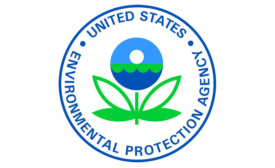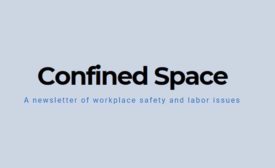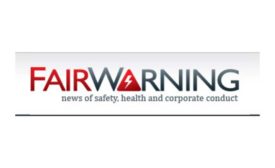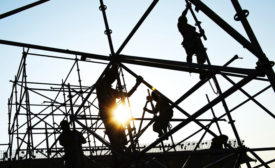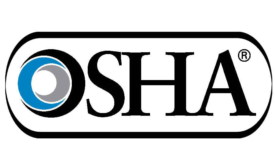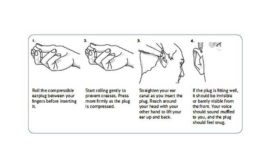News
A NIOSH Science Blog post
Characterizing 3D printing emissions and controls in an office environment
August 28, 2018
A FairWarning story
Nebraska firm and its owners hit with criminal charges in blast that killed 2 workers
August 28, 2018
Getting "smart" about construction safety
Wearable sensors could monitor stress, physical demands and even risk perception
August 27, 2018
Never miss the latest news and trends driving the safety industry
eNewsletter | Website | eMagazine
JOIN TODAYCopyright ©2024. All Rights Reserved BNP Media.
Design, CMS, Hosting & Web Development :: ePublishing
